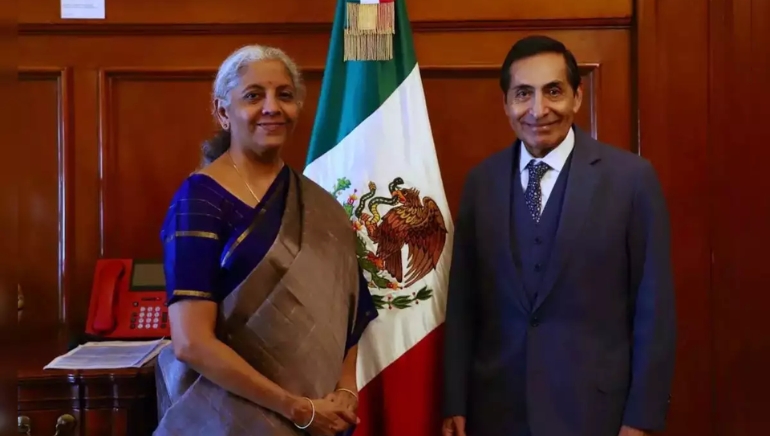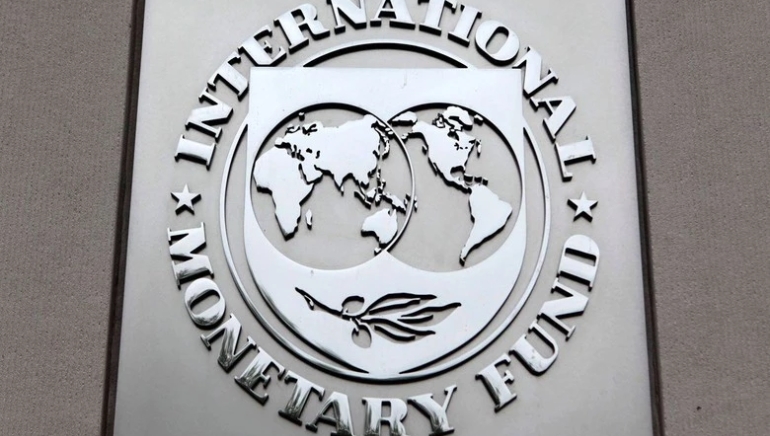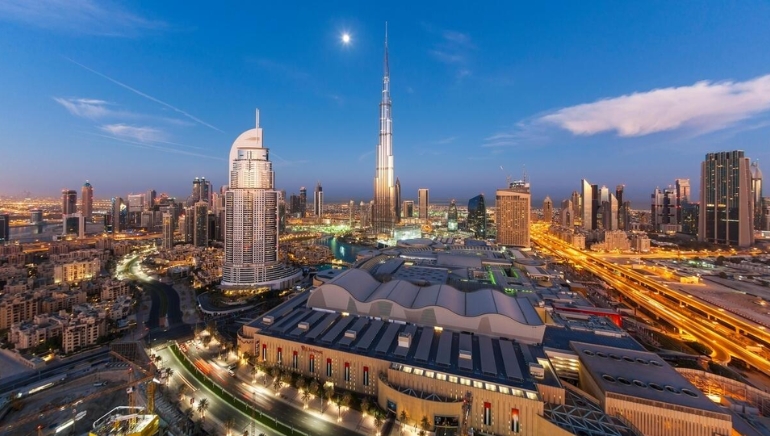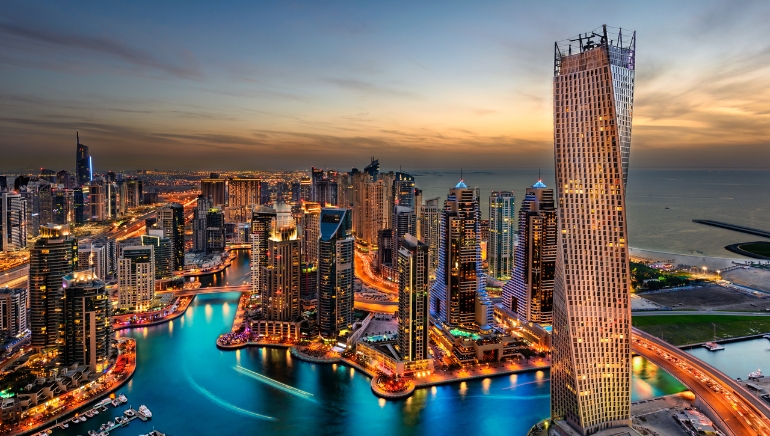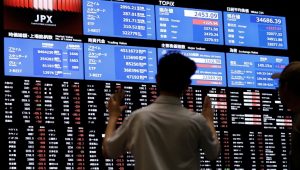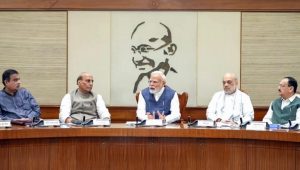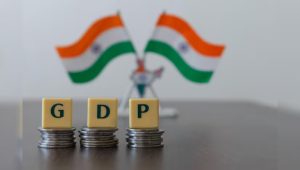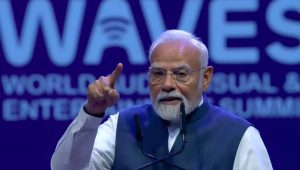President Mohamed Muizzu has approved the implementation of India’s Unified Payments Interface (UPI) in the Maldives, a key step towards modernising the country’s financial sector. This step comes after India agreed to share its expertise in digital and financial services, such as UPI and Unique Digital Identity systems, with the goal of enhancing the island nation’s digital infrastructure.
According to an official statement from the Maldivian President’s office, the introduction of UPI is projected to greatly benefit the country’s economy by increasing financial inclusion, improving transaction efficiency, and upgrading digital systems. The decision was reached following extensive Cabinet talks, based on a report submitted by the Minister of Economic Development and Trade.
The Maldives, which has had tense relations with India in recent years, looks to be warming up to increased bilateral collaboration. The Maldivian economy has been severely strained as a result of its reliance on tourism and a steep fall in Indian tourists, who used to account for a sizable proportion of visitors.
For Indian travellers, this development may make financial transactions easier during their stay, making travel more convenient as UPI-based payments become available, thus leading to an increase in Indian tourist numbers to the Maldives.






